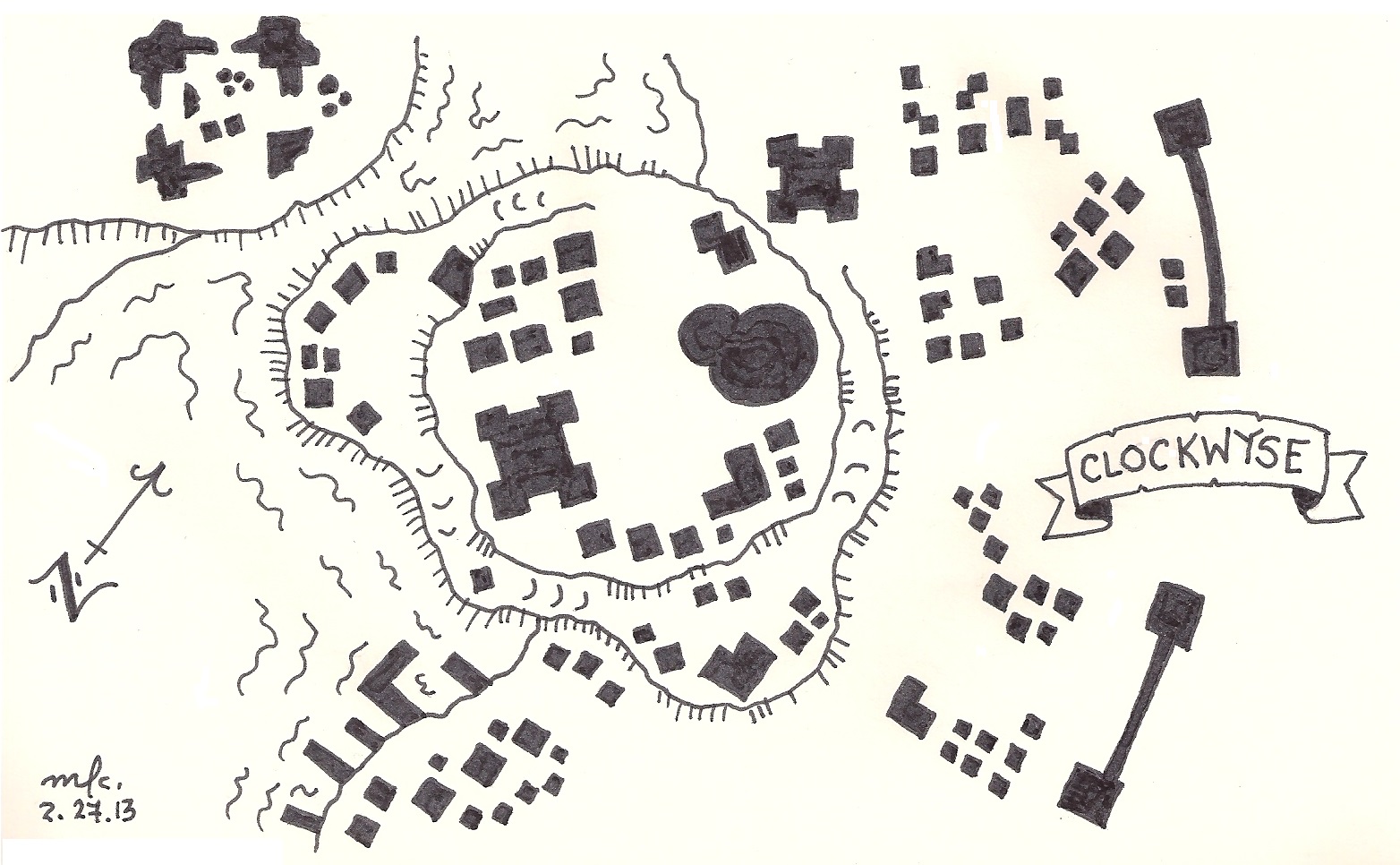 Empathy
Empathy
Empaths are often viewed with mistrust. Many believe they secretly manipulate the emotions and actions of populations. That Imperial agencies often employ empaths to assist in various functions, including those of the police state, doesn’t help improve empaths’ reputations. A subject who makes a successful Mental Effect saving throw against empathic intrusion becomes immune to that level of empathy for 24 hours, albeit not to other empathic powers of different levels.
Passive Empathy (Level 1)
The empath continually detects emotional “background noise” in a way analogous to how the human ear continually detects ambient sounds. The empath’s sensitivity may permit him to perceive things that others relying on conventional senses would miss. At the GM’s discretion, an empath may be permitted to make a relevant skill check (such as Perception or Tactics to detect an ambush) with a +2 bonus. If the empath chooses not to spend the activation cost after this power triggers, the sense goes numb for the next 24 hours.
Active Empathy (Level 2)
The empath may determine the current emotions, including emotions the target is attempting to suppress. The empath may also project his emotions, including false emotions, into the mind of the target. The target may make a Mental Effect saving throw to prevent empathic projection. On a successful save, the empath can only read current, surface emotions.
Empathic Succor (Level 3)
The empath transfers the target’s stress, fatigue, and wounds to himself with a touch. Each activation heals 2d4 hit points in the target, plus the target’s Constitution modifier. A minimum of 1 hit point is always healed, and the empath cannot give the subject more hit points that his normal maximum. The empath suffers damage equal to half the amount healed to the target, minus the empath’s Constitution modifier. The empath suffers a minimum of 1 hit point damage regardless. Use of this power adds 1 System Strain point to the target.
Limbic Assault (Level 4)
The empath taps into the target’s amygdaloid nucleus and triggers the flight or fight response. If the subject fails a Mental Effect saving throw, he acts as if confronted by a life-and-death peril for 1d4 rounds. The empath cannot control the specific form the target’s response will take.
Empathic Tracking (Level 5)
The empath can gradually expand the radius of his passive empathy in order to locate a target subjected to the empath’s activate empathy within the past psychic’s empathy discipline level in hours. The initial radius equals 10 yards, and the radius doubles each minute of concentration (to a maximum radius of 5,120 yard after 10 rounds of concentration). The target is permitted a Mental Effect saving throw to avoid detection. If detected, the empath knows the approximate direction and distance to the target for the next 1d4 hours.
Emotional Calm (Level 6)
The empath radiates calmness and confidence in a radius equal to 5 feet per empathy discipline level. Everyone within the radius enjoys a +1 bonus to skill checks and attack rolls and a +2 bonus to saving throws against effects that affect the emotions. Emotional calm persists so long as the empath concentrates, an activity which precludes most other actions.
Empathic Projection (Level 7)
The empath can project a single emotion into the target’s mind, causing the target to be overwhelmed by the emotion and to act accordingly. While the empath can choose the emotion to project, he cannot control the target’s specific reaction, which will depend on the target’s experiences, psychology, et cetera. The projection lasts for 2d4 rounds. A successful Mental Effect saving throw by the target resists this power.
Transempathic Succor (Level 8)
The empath transfers stress, fatigue, and wounds from one or more targets to one or more targets, all of whom must be touching. Each activation heals 4d4 hit points in the targets, plus the targets’ Constitution modifiers (applied individually). A minimum of 1 hit point is always healed, and the empath cannot give a subject more hit points that his normal maximum. The damage healed to the targets based on the dice roll is distributed equally among the willing recipients participating in the transempathic succor. Each participant subtracts his Constitution modifier from this damage, but each participant suffers a minimum of 1 hit point damage regardless. Use of this power adds 3 System Strain points to the each healed target.
Moral Dissolution (Level 9)
The empath forces his way into the emotional centers of the target’s psyche and wreaks horrific damage. If the target fails a mental saving throw, he becomes an emotionless shell incapable of meaningful action. The target is permitted a new Mental Saving throw every 1d4 days to overcome the condition. Until he recovers, the victim is so overwhelmed by ennui that he cares for nothing, not even for satisfying his most basic desires for nourishment. This power can be used on a given target only once per 24 hours.
Tags: Stars Without Number, Tiamat's Throne
 If you’re already signed up for Quid Novi?, it’s not secret that I botched the deadline for issue two. February was a bit on the rough side for me. I’m still working on issue two, the main part of which is “Garrison of the Gargoyle Gerent”, a short Swords & Wizardry adventure for 3rd-4th level characters. There will be also be, of course, a new magic item (or two), a new spell (or two), a new monster (or two), et cetera, with the strong possibility that material for Stars Without Number will end up in the mix as well.
If you’re already signed up for Quid Novi?, it’s not secret that I botched the deadline for issue two. February was a bit on the rough side for me. I’m still working on issue two, the main part of which is “Garrison of the Gargoyle Gerent”, a short Swords & Wizardry adventure for 3rd-4th level characters. There will be also be, of course, a new magic item (or two), a new spell (or two), a new monster (or two), et cetera, with the strong possibility that material for Stars Without Number will end up in the mix as well. Empathy
Empathy The badlands world of Rigel presents several challenges to its population. The absence of indigenous life above the microbial level means that food must be either imported from off-world or grown locally from non-native stocks.
The badlands world of Rigel presents several challenges to its population. The absence of indigenous life above the microbial level means that food must be either imported from off-world or grown locally from non-native stocks.